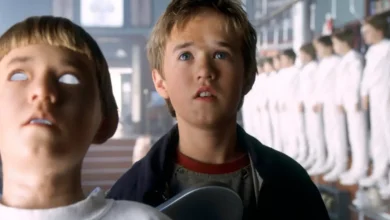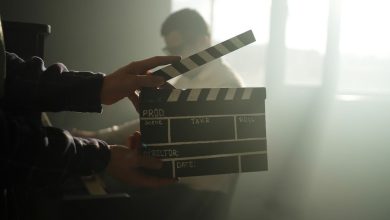How to Hold a Successful Table Read: Tips for Screenwriters

Holding a successful table read is crucial for screenwriters looking to refine their scripts and engage with actors. This guide provides essential tips to ensure your table read is productive and enjoyable.
How to Hold a Successful Table Read
For any screenwriter, our goal is to eventually have your work staged in some way. Obviously, the best version would be a full production, either for a film or TV show. But if your work is in early stages and you’re just looking to get an idea of how your work will stand up, consider putting together a table read.
I’ve been fortunate enough to have my work read at the Austin Film Festival and at community theater events, both times with extremely talented actors who have gone on to be some of my most enduring friends. Having pros at your table isn’t a requirement, but it will definitely help. Seeing how they interpret your work and connect with each other in character can be magical.
But you don’t have to rely on anyone else to give you permission or space to hold a table read. You can gather a bunch of friends in your apartment or on Zoom to just hear the work out loud.
If you’re interested in holding a more formal table read (one that’s in person and open to the public, for instance), here are a few tips to help it run as smoothly as possible.
Pick the Right Material
Not every script works well as a table read. Choose a work with strong dialogue and clear character voices.
If your screenplay is heavy on action sequences or has purely visual storytelling, it might not translate well to a sitting-around-a-table format.
Pilots and short films are obviously less time-consuming, so maybe that’s the easier pick if you’re pressed for time, but features are fair game too.
If you are doing a feature, try to pick something with energy. Comedies tend to perform well in this setting.
Cast Strategically
You want actors who can cold-read well and aren’t afraid to make bold choices. Look for people who’ve done theater or improv who will be comfortable performing without rehearsal.
If you can get them the script ahead of time, do so.
Set the Scene
You’ll probably want a table for your table read, right? But if a table isn’t available, try to provide music stands to each actor or some other surface to hold the scripts.
You also need to provide physical scripts to each actor. (I know, but you can print double-sided if you’re worried about the trees.) Reading from a screen can be fine too, but most actors prefer paper so they can highlight their parts and make notes.
See More ...
Make sure the room is well-lit. Give your actors a bottle of water to keep them hydrated. Make sure their seats are comfortable.
If you’ve got microphones, great. Make sure all the equipment works before you get started.
Provide Clear Expectations
Be honest about what your expectations are. For some of the actors, this will be their first time seeing your pages. Do you want feedback or not? Can they ask questions while they’re reading, or do you want them to stay in character the whole time?
I typically get out of the way of the actors.
Don’t Panic
Things can go wrong—actors don’t show, you have technical problems, or parts of the script just don’t land. It’s okay. Other actors can step up, and every draft will have parts you bump on. It won’t be the end of the world.
Thank Your Actors
If you’re paying your actors, great! But most of the time, this experience is an exercise and not for profit. You still want to make sure your actors feel appreciated. If you’re in a festival setting, they’ll likely be compensated with a pass. But if you’re the organizer, make sure to follow up with each actor afterward. Buy them a coffee or send them a gift card if you can afford to.
Learn from the Experience
I always take notes and record the audio of the read to refer to later.
I also always invite feedback from the audience. It’s daunting, but they just gave you their time, so you can be open to what their thoughts are. Wait until everyone has given their opinions before asking any questions. Don’t be defensive, just absorb. You can disregard what doesn’t resonate, but try to learn from what people thought.
The thing about table reads is that they reveal problems you never saw on the page, but they also show you what’s working better than you thought.
Don’t expect to fix everything immediately. Good table reads generate more questions than answers, and that’s exactly what you want. Take a few days to process what you heard before diving into rewrites.
And if this first table read goes well, start thinking about the next one. You’ll approach it with more confidence and better instincts about what works. Plus, if you’re lucky like I was, you might find your next collaborators sitting around that table.




